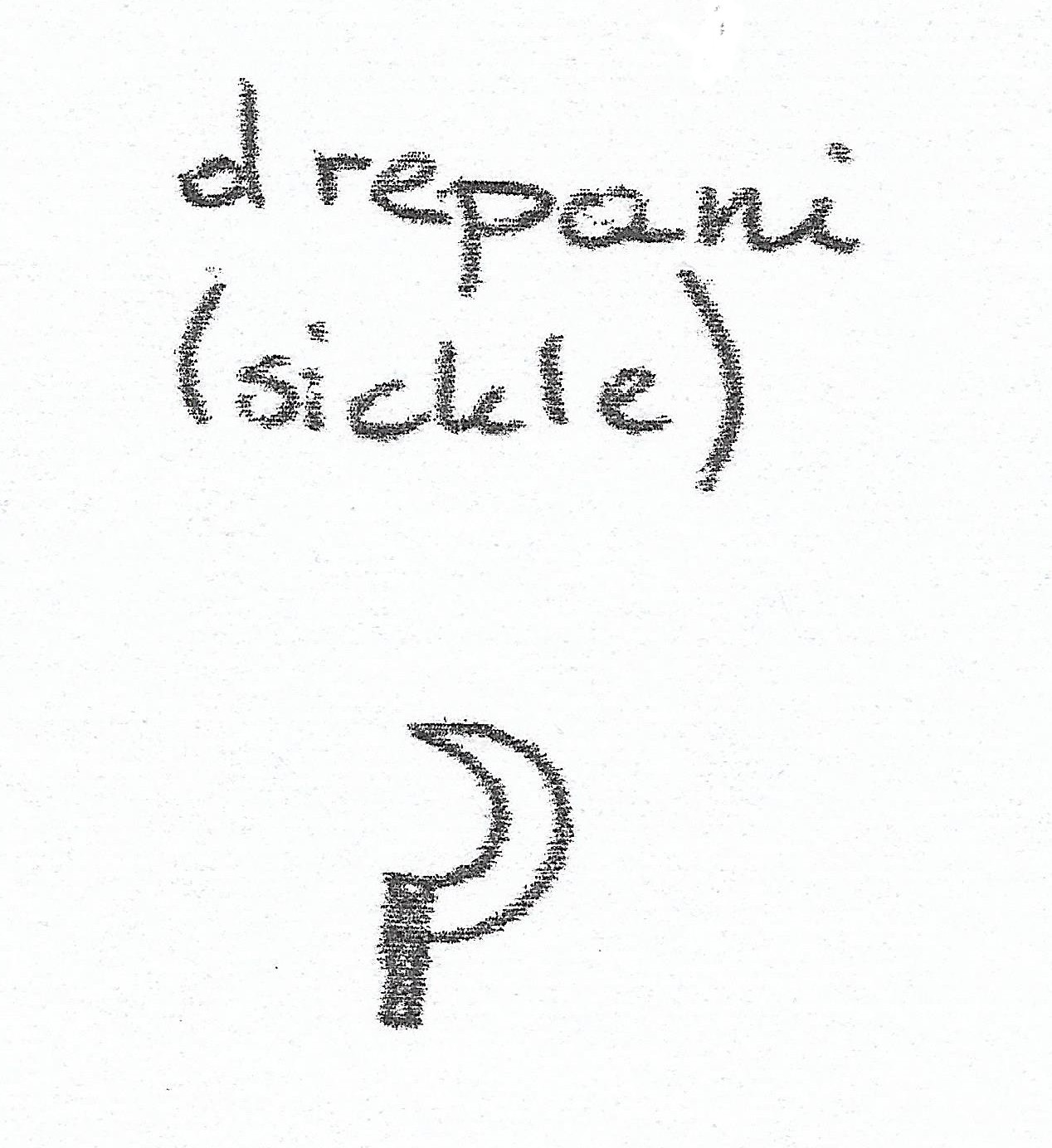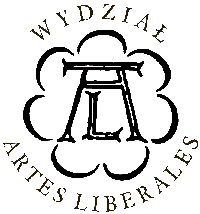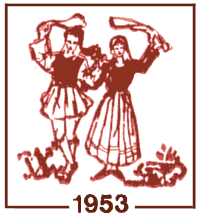| Original text |
Σαν έβλεπε κι έφταναν στο τελευταίο χωράφι και τελείωνε ο θέρος, άφηναν ένα μέρος του χωραφιού αθέριστο "για να κάνουν το δράκο, όπως τον έκαναν και οι παππούδες τους" κι ύστερα έβγαιναν και ξάπλωναν στον ίσκιο "όσο για μια τσιγάρα ώρα". Υστερα έπαιρναν όλοι τα δρεπάνια και τις παλαμαριές τους κι έπιαναν χορό γύρω από το δράκο. Ο "πρωτεργάτς", ο κορυφαίος του χορού, κρατώντας ψηλά με το δεξί του χέρι το δρεπάνι, άρχιζε το τραγούδι και μαζί του τραγουδούσαν κι όλοι οι άλλοι "Ελάτε σιμά μου, ελάτε σιμά στο δράκο, να τον μάσουμε, να τον θερίσουμε...". Την ώρα αυτή, κι ενώ οι άλλοι συνεχίζανε τον χορό και το τραγούδι, ο "πρωτεργάτς" έβγαινε από τον χορό και μπαίνοντας μέσα στον δράκο άρχιζε και ξερίζωνε τα πιο ψηλά και τα πιο καλοψωμωμένα στάχυα και τά 'δινε στα κορίτσια "για να πλέξουν το χτένι". Τα κορίτσια, καθισμένα στον ίσκιο, πλέκανε το χτένι και με τις μακρόσυρτες και κρυστάλλινες φωνές τους τραγουδούσαν "Το δράκο μας τον πλέκουμε, κυρά μας κοσκινίζει...". Οι θεριστάδες, βλέποντας τον πρωτεργάτη να βγαίνει από τον δράκο, σταματούσαν τον χορό και κατεβάζοντας τα δρεπάνια από τον ώμο άρχιζαν να θερίζουν γύρω-γύρω τραγουδώντας "Το δράκο τον θερίζουν, κυρά μας κονομιέται...". Ολοι τώρα έπρεπε να γεμίσουν καλά τις παλαμαριές τους με μια "μεγάλη και γεμάτη χεργιά για να γίνει χοντρό και πολύ βαρύ το δεμάτι του δράκου. Οσο γεμάτες ήταν οι χεργιές τόσο βαρύ και γεμάτο θα ήταν το μπερεκέτι της άλλης χρονιάς". Ο "μπακλατζής" (δετάς) που χόρευε κι αυτός με το "δεματ'κό" και τον "κλιτσινίκο" στο χέρι, έστρωνε κάτω το "δεματ'κό" και ρίχνοντας μια-μια τις χεργιές απάνω του, έδενε το δεμάτι και τό 'στηνε όρθιο. Στον Αι-Γιώργη Γρεβενών, καθώς και σε άλλα χωριά της περιοχής, ο πρωτεργάτης δεν ξερίζωνε τα στάχυα, αλλά ενώ οι άλλοι χόρευαν και τραγουδούσαν γύρω από το δράκο, αυτός έμπαινε μέσα και θέριζε τον δράκο σταυρωτά κάνοντας έναν μεγάλο σταυρό από το ένα μέρος ως το άλλο. |
| English translation |
As soon as he noticed that hey were reaching the last field and the harvesting was coming to an end, they used to leave a part of the field without harvesting ‘’in order to do the dragon’’ as their grandparents used to say, and then they used to lay in the shadow ‘’for the right amount of time in order to smoke a cigarette. After they all used to take their billhooks (scythes) and started to dance around the dragon. The first man, the leader of the dance, used to hold the billhook in the air with his left hand, and they all started singing together ‘’ Come close to me, close to the dragon, to accumulate him to harvest’’.At that point and while the continued dancing and singing, the leader of the dance used to leave the dance and while entering the dragon he used to root out the highest wheat and give it to the girls to make a ‘’hteni’’. The girls, used to sit in the shadows and braid the ‘’xteni’’ while singing with their long crystal voices ‘’We are braiding our dragon and the lady is stifting us". The harvesters when they saw the leader come out of the dragon, they used to stop the dance, and while getting the scythe down of their shoulders they used to start singing: ‘’They are harvesting the dragon and our lady is earning money". Then everyone used to fill their hands with a handful of wheat in order for the dragons bag to become thick and heavy. The fuller their hands they biggest the next year’s harvest was going to be. ‘’Mpaklatzis’’ (the person who used to tie the bags) used to lie it down and hit it once or twice, and then tie it. At Saint George in Grevena and at other villages in the area as well, while the others where singing and dancing around the, he used to get into the dragon and harvest it by making the symbol of a cross. |


